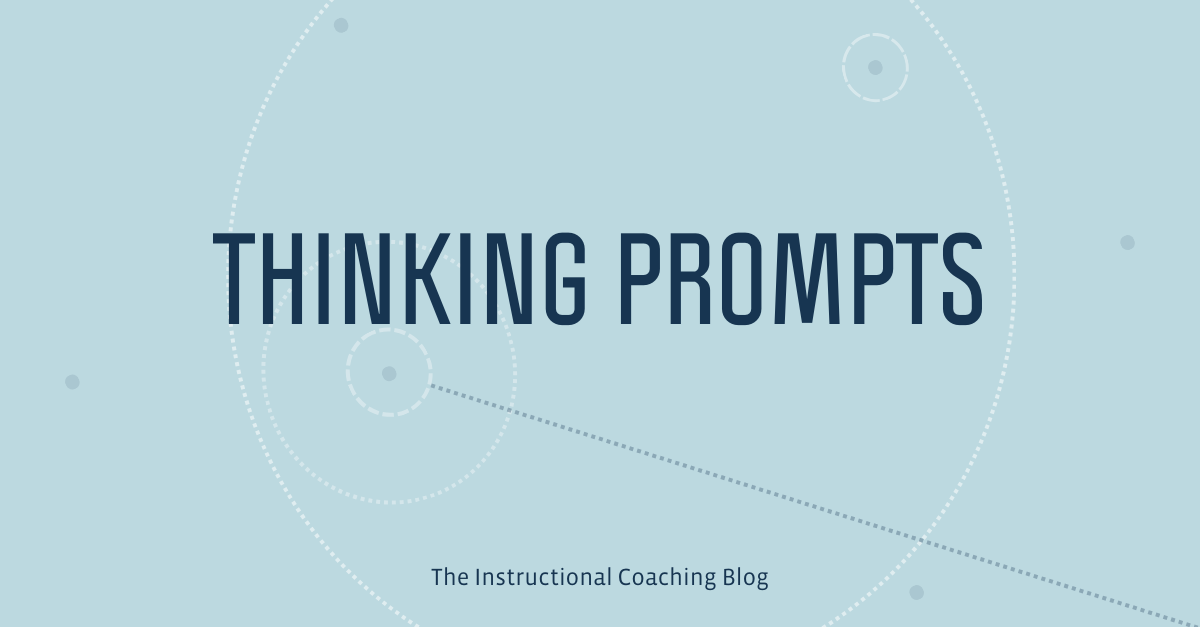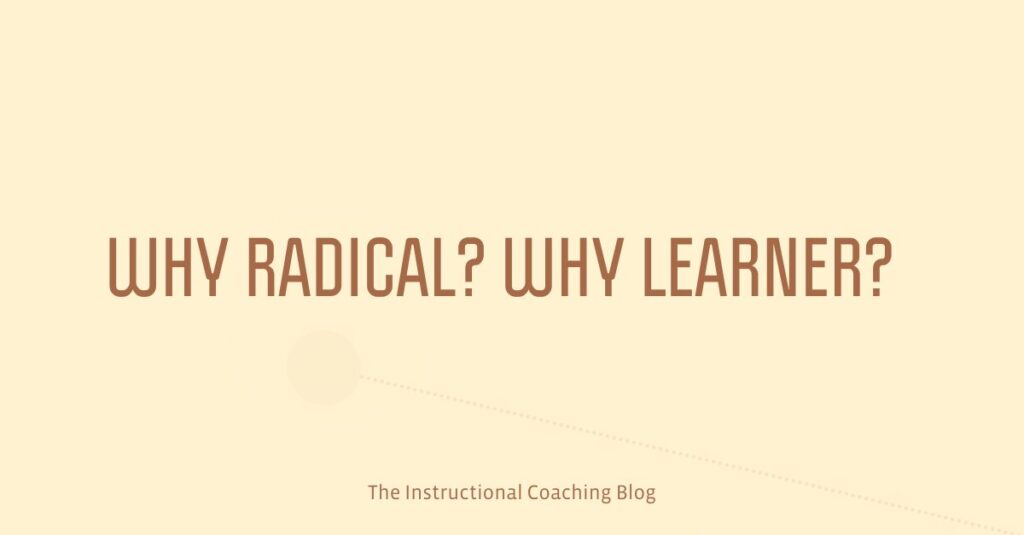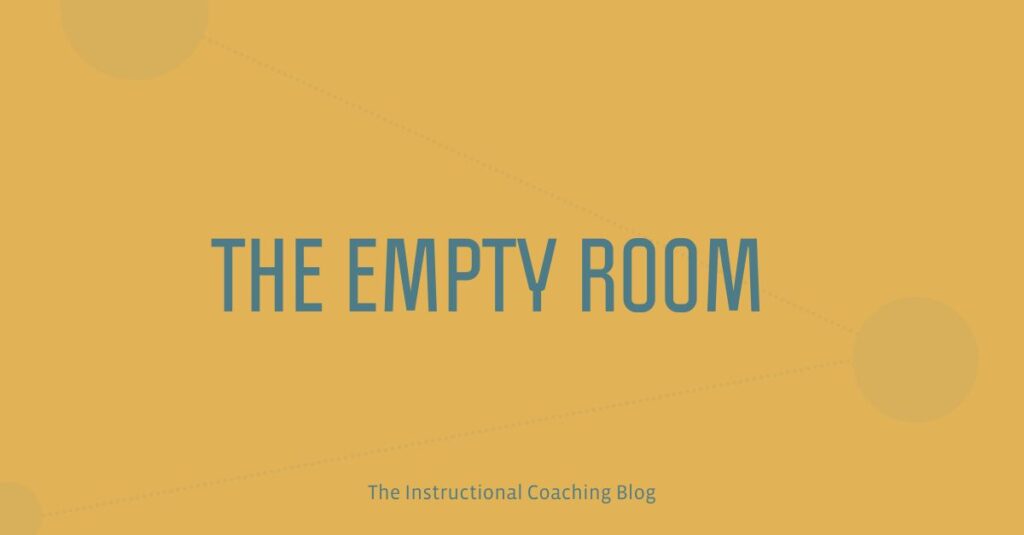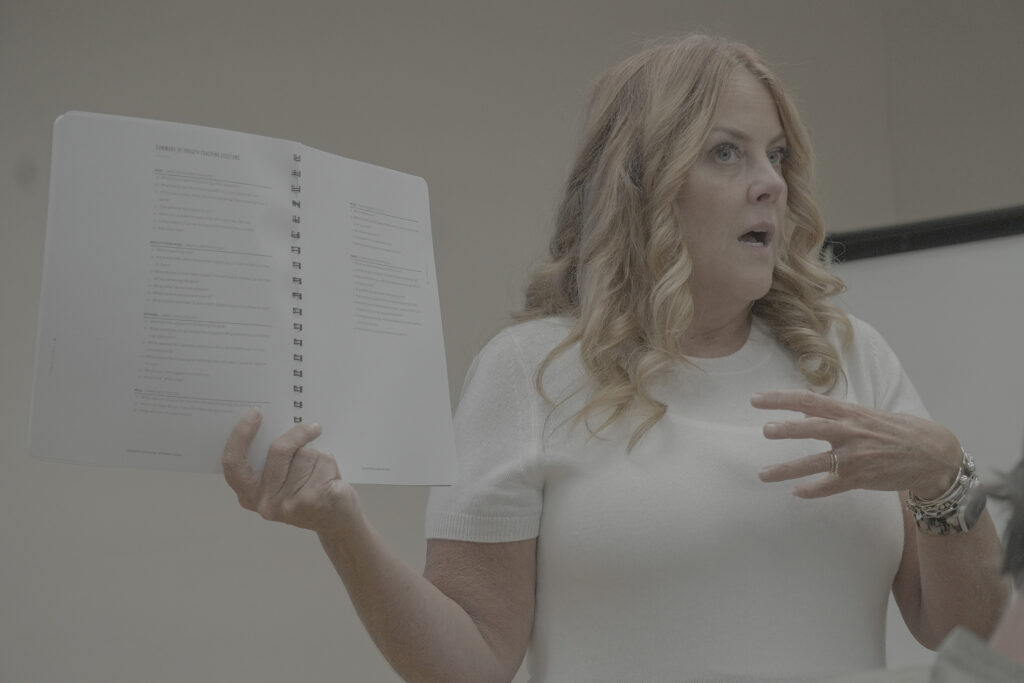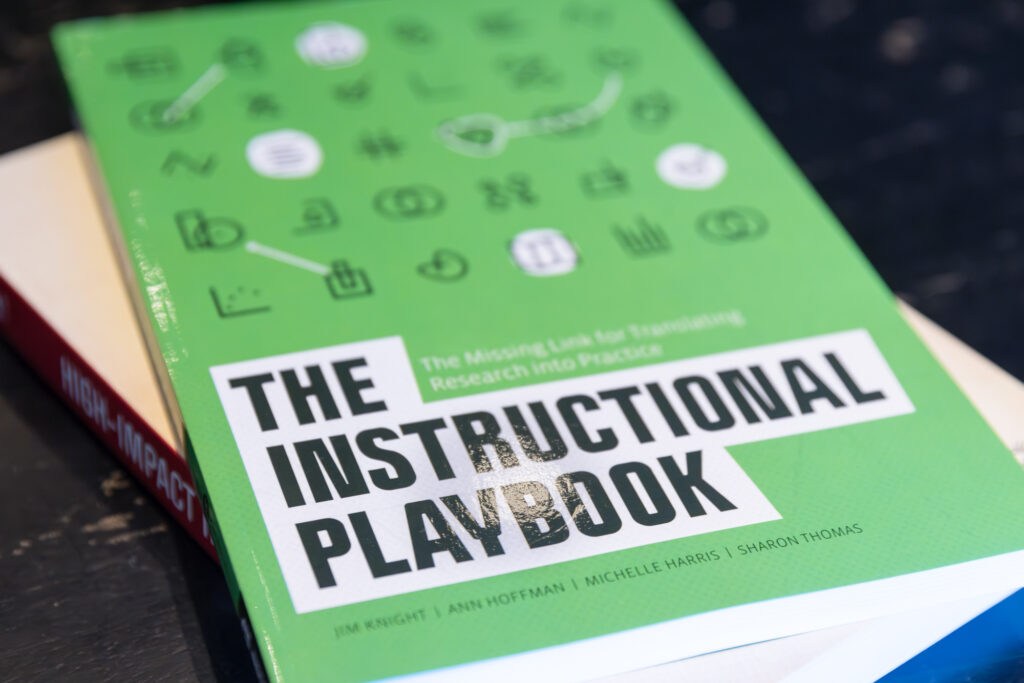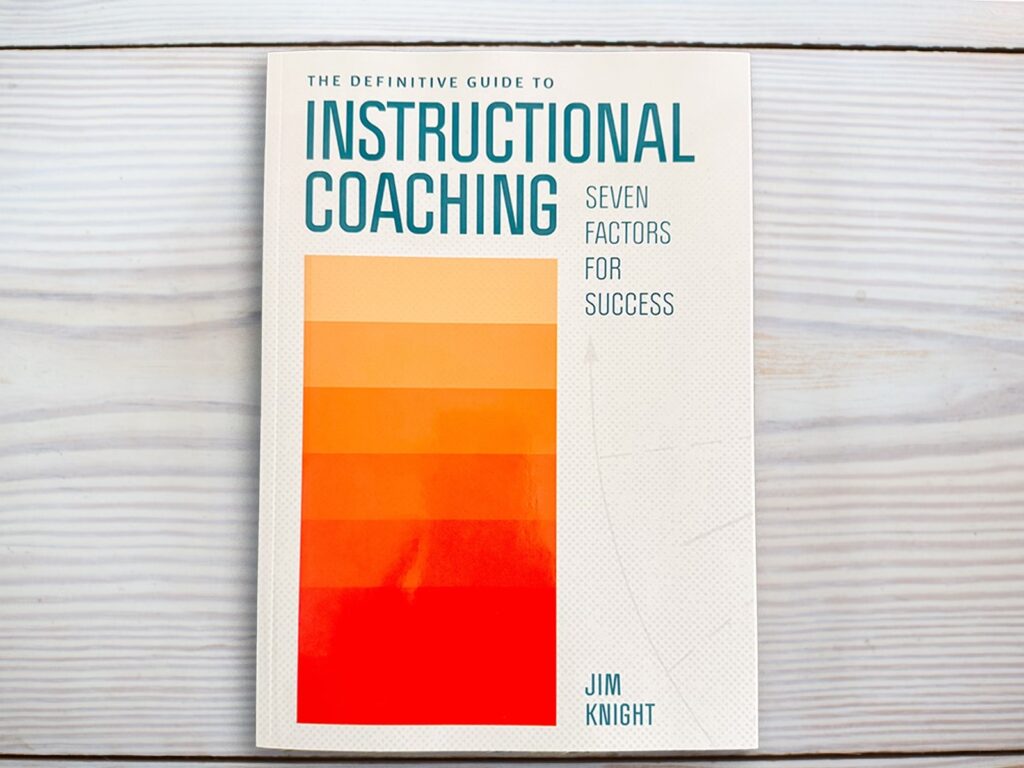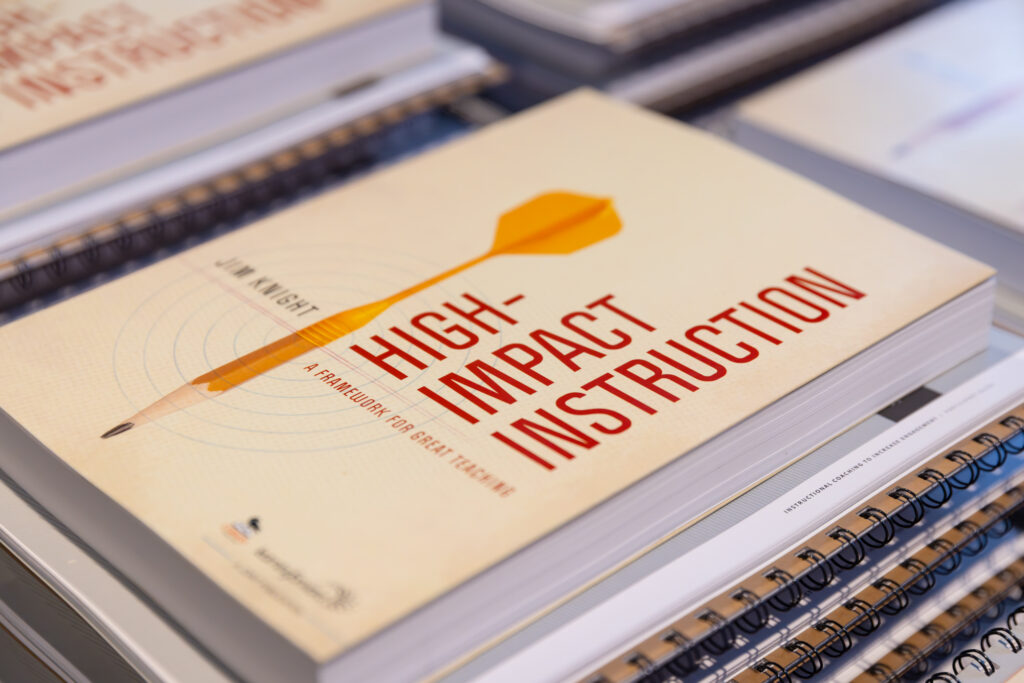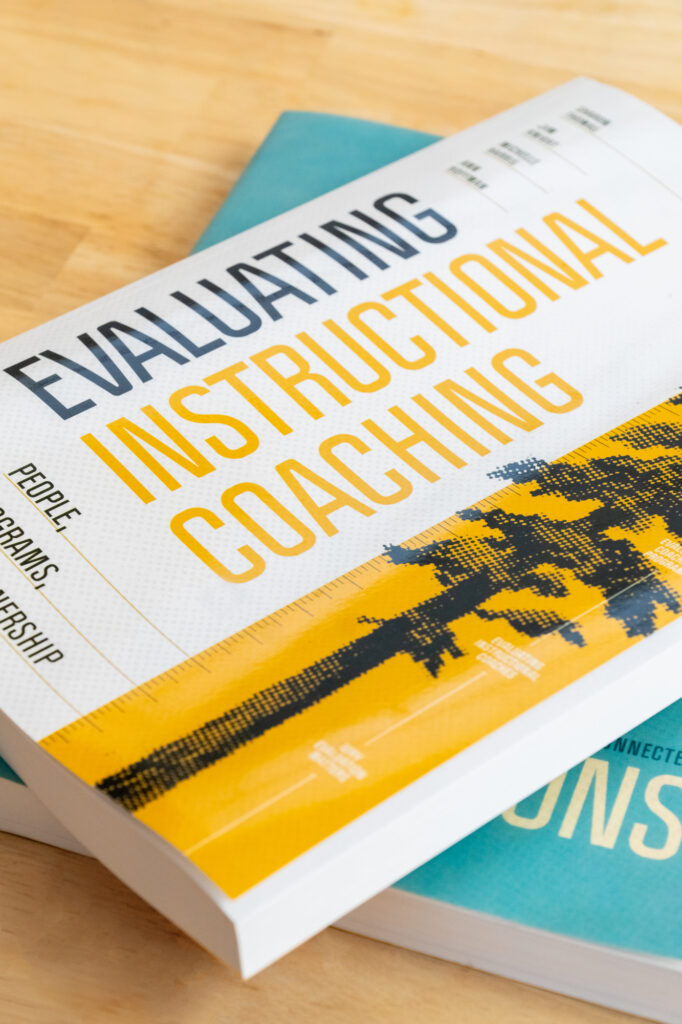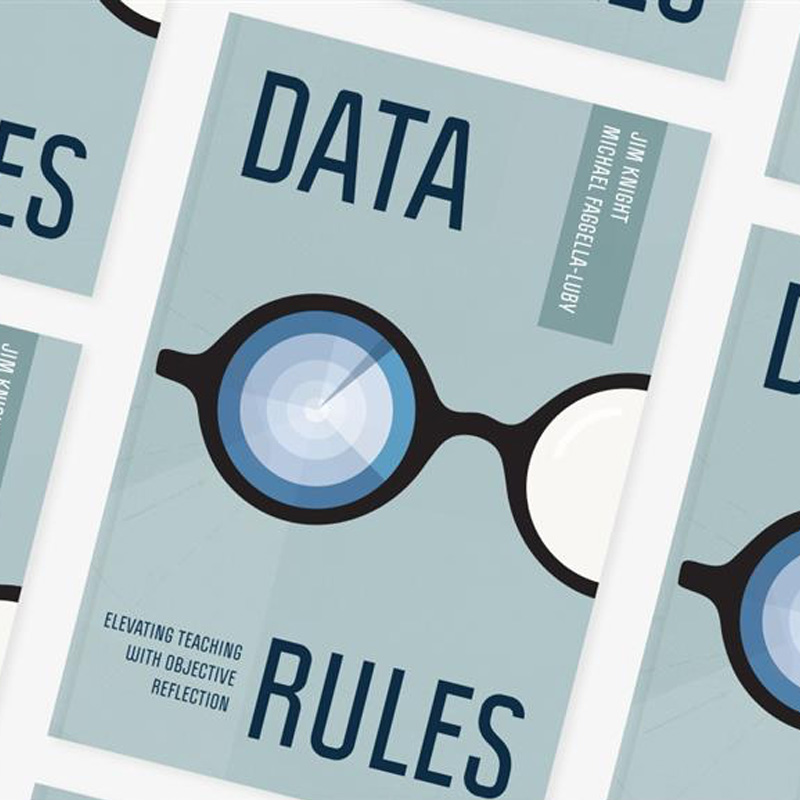A thinking prompt, as I define it, can be any device a teacher puts in front of students to prompt thinking, discussion, and dialogue. Thinking prompts can include video clips, newspaper articles or columns, cartoons, photographs, problems, works of art, and artifacts. Even individual words can be used as thinking prompts. What matters is that the prompt, whatever form it takes, provokes discussion, dialogue, and thought.
Why Use Thinking Prompts?
They Promote Dialogue. Dialogue occurs when people use conversation to dig deeply into a topic and explore ideas with others. As David Bohm (1996) has written, dialogue is “thinking together”. Since dialogue is a way of communicating, where there is equality between speakers, where ideas are shared, and where every person’s ideas are respected, dialogue changes the way teachers approach facilitating learning in the classroom.
In the Pedagogy of the Oppressed, Paulo Freire (1970) describes the dialogical approach to learning that he developed while working mostly with illiterate and impoverished workers in Brazil. Freire rejects traditional forms of teaching where the teacher tells the students what to do and learn, what he calls “banking education,” and instead proposes problem-posing learning, where the teacher and learner work together as partners. Problem-posing learning is dialogical, designed to free students through reflection, which he refers to as “cognizable objects,” as powerful tools for creating a setting where dialogue is possible.
While the teacher mediates discussion, maintains some focus, mediates conflict, and calls attention to connections, in a real sense, the teacher is a learner, a participant in the dialogue just like the students. When true dialogue occurs, teachers can be as swept up in the conversation as the students are.
They Help Make Connections. Teachers today recognize that they can increase student learning by increasing students’ ability to see connections between the different knowledge, skills, and big ideas they are learning. Researchers on reading have long emphasized the importance of students making connections. As Cris Tovani has written (2000), readers get a lot more out of reading when they make connections because connections, which are often increased by thinking prompts, help students empathize with characters and understand their motivation, visualize what they are reading, stay focused, set a purpose, be actively involved in reading, and remember what they have read.
They Provide Background Knowledge. Numerous studies have confirmed the relationship between background knowledge and achievement (Dochy, Segers, & Buehl, 1999). Thus, students who have a great deal of background knowledge in a given subject area are likely to learn new information with relative ease. Thinking prompts are frequently used successfully to increase student background knowledge.
They Engage Students. I have shown hundreds of thinking prompts to thousands of people, children and adults, and have seen one thing firsthand: They capture people’s attention. Thinking prompts that are visual — video clips, photographs, words, short cases visually displayed — engage learners because increasingly people are drawn to visual stimuli.
Thinking prompts also engage students in other ways. As Robert Marzano explained in The Art and Science of Teaching (2007), several studies have shown that students are engaged when they take part in a dialogue that involves mild controversy or when they have opportunities to talk about themselves. Both of these situations are frequently the outcome of the use of thinking prompts.
Finally, research on the brain suggests, what educators have always known, that variety increases engagement. Thinking prompts shift what occurs in the class, and consequently increase engagement. In my observations of teachers, I frequently see that every student appears to be authentically engaged when teachers use thinking prompts effectively.
————————————-
Learn more about High Impact Teaching strategies like Thinking Prompts at our Instructional Coaching Institute. You can also bring an ICG consultant to your school or district for a customized professional development experience. Explore some of our topics here and contact us for more information.
